

Damion Smy
China bans Tesla-style door handles
1 Hour Ago

News Editor
BMW chairman Oliver Zipse says hydrogen fuel-cell electric vehicles will soon be looked to as a viable alternative to battery-electric vehicles.
“After the electric car, which has been going on for about 10 years and scaling up rapidly, the next trend will be hydrogen,” he told Bloomberg.
“When it’s more scalable, hydrogen will be the hippest thing to drive.”
BMW is one of the few automakers still actively investing in hydrogen fuel-cell electric vehicles, and will soon put the iX5 FCEV into small-scale production.
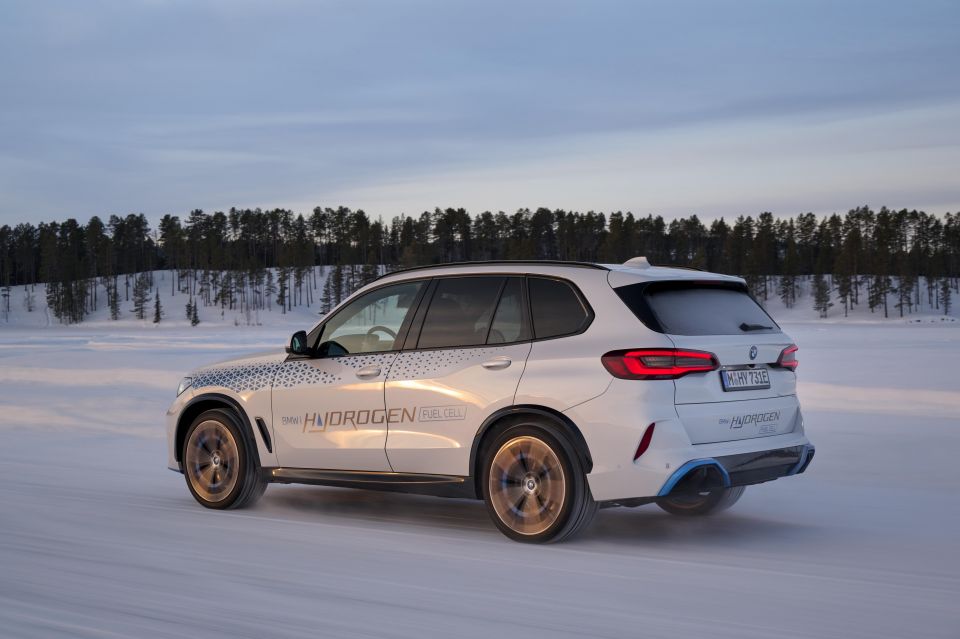
“To say in the UK about 2030 or the UK and in Europe in 2035, there’s only one drivetrain, that is a dangerous thing,” Mr Zipse said.
“For the customers, for the industry, for employment, for the climate, from every angle you look at, that is a dangerous path to go to.”
Addressing the common criticism of the lack of hydrogen refuelling infrastructure, Mr Zipse said there’s a simple solution.
“There will [soon] be markets where you must drive emission-free, but you do not have access to public charging infrastructure,” Mr Zipse said.
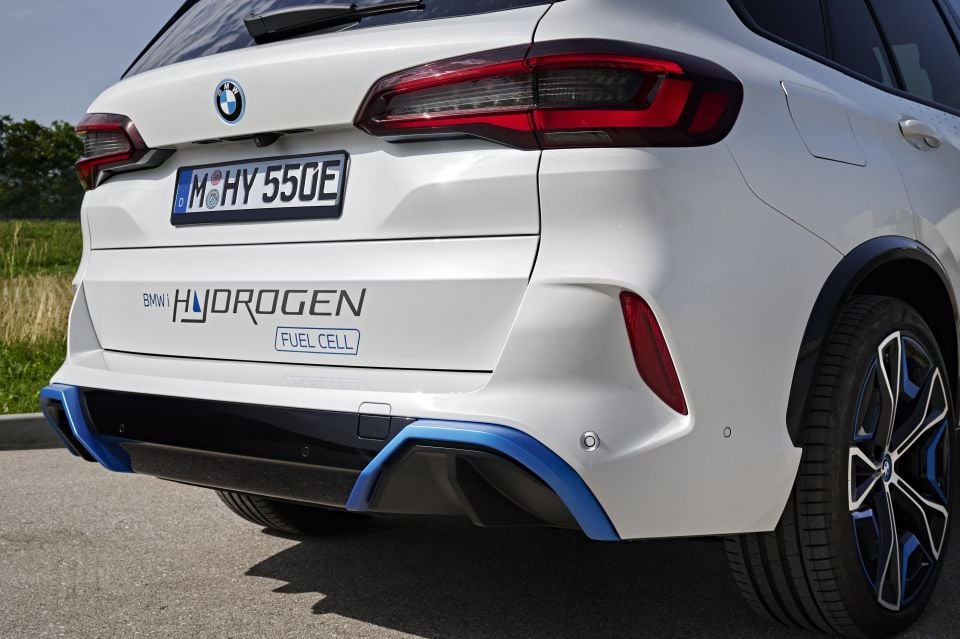
“You could argue, well you also don’t have access to hydrogen infrastructure, but this is very simple to do…”
Greater use of fuel cells for BMW vehicles could also help reduce its need for raw materials like lithium and cobalt. Its hydrogen fuel-cell system uses aluminium, steel and platinum, all of which are recyclable.
There are also the intrinsic benefits of FCEVs, like considerably quicker charging/filling times than BEVs – BMW says three to four minutes for a complete fill, even in freezing conditions – and zero emissions, with only water vapour coming out of the exhaust.
Not only will BMW offer FCEVs, but Rolls-Royce may too.
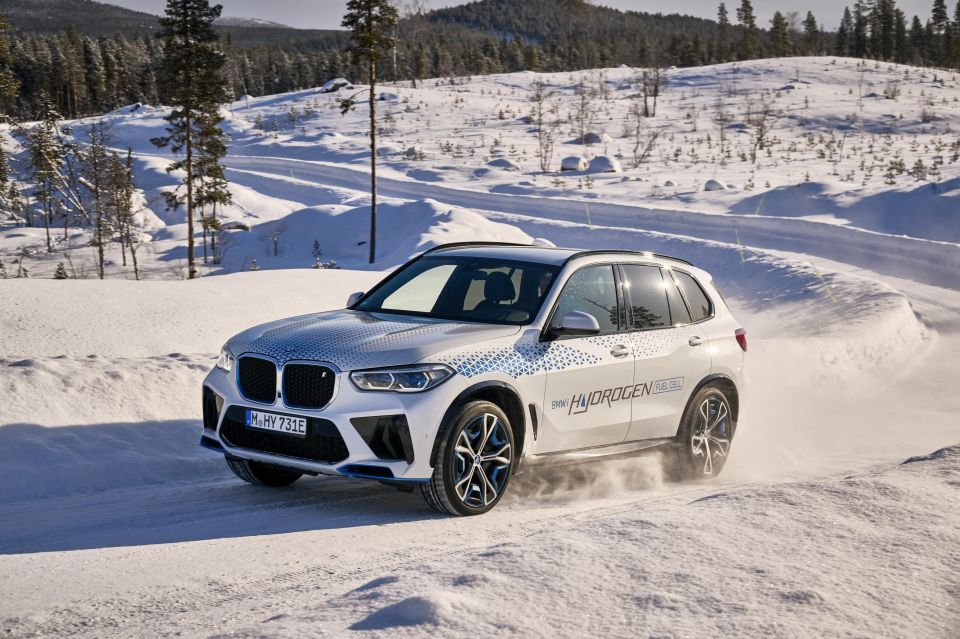
“Fuel cell batteries: Why not? I would not rule that out,” Rolls-Royce CEO Torsten Müller-Ötvös told Bloomberg.
“There is a belief in the group that this is maybe the long-term future.”
Bloomberg reports fewer than 100 BMW iX5s will be delivered from the end of this year to “select partners” in Europe, the US and Asia.
BMW’s FCEV system was first detailed in 2020, with the iX5 concept revealed the following year.
It features two tanks made from carbon-fibre-reinforced plastic (CFRP) that store up to 6kg of hydrogen at under 700 bar of pressure, a fuel cell that produces 125kW, an electric motor and a battery pack.
BMW says total system output is 275kW of power.
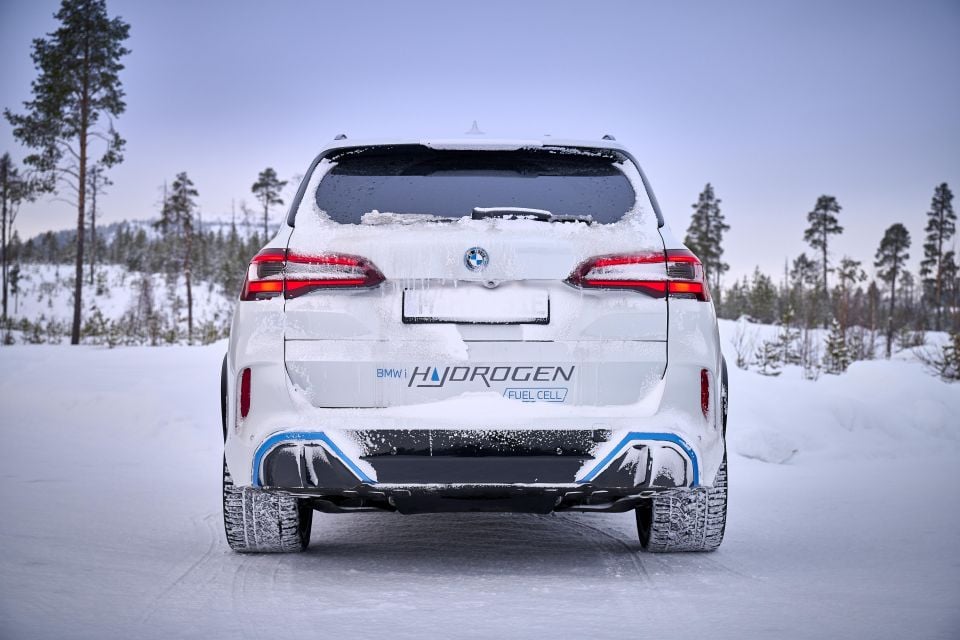
The German automaker believes the powertrain suits customers “who do not have their own access to electric charging infrastructure, frequently travel long distances or desire a high degree of flexibility”.
Prior to the iX5, BMW built a limited number of Hydrogen 7 sedans in the mid-2000s. Instead of fuel cells, these were equipped with V12 engines that used hydrogen as fuel.
BMW has introduced several battery-electric vehicles, sold alongside a range of petrol, diesel and plug-in hybrid models.
Not only is BMW still committing to FCEVs, it has also pointedly avoided announcing an end date for combustion-engine vehicle sales.
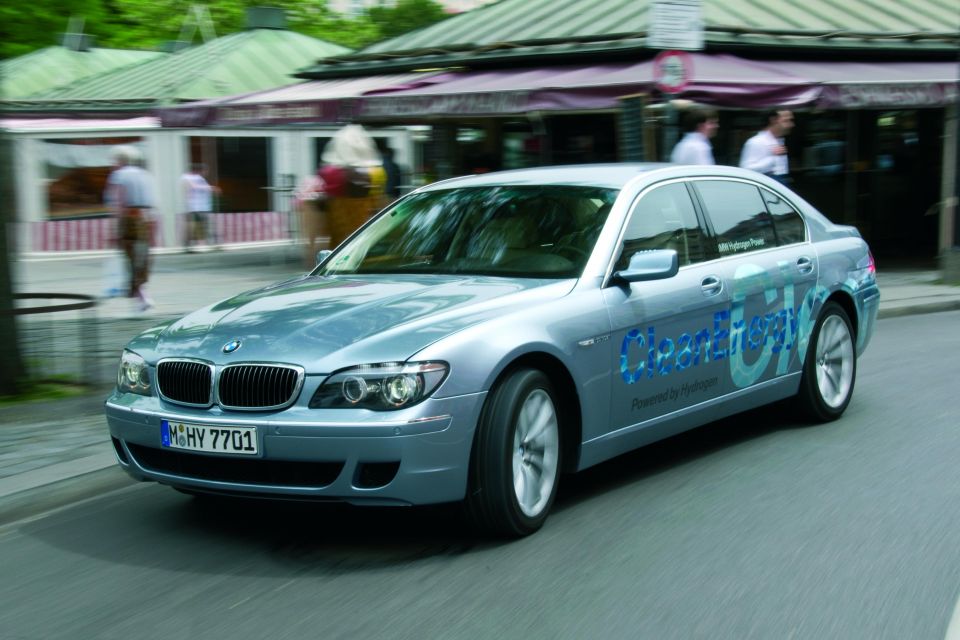
That’s in contrast with other luxury brands like Alfa Romeo, Cadillac, Jaguar, Maserati and Volvo, while even Mercedes-Benz and Audi have announced asterisked cut-off dates – the former in 2030 “where market conditions allow”, the latter 2033 excluding China.
However, it intends for 50 per cent of sales across the BMW Group, which includes BMW and Rolls-Royce, to be electric vehicles by 2030.
BMW remains one of the brands more committed to hydrogen fuel-cell technology, something that the likes of Tesla and Volkswagen have criticised.
Hyundai and Toyota are arguably the leaders in this field, with their Nexo and Mirai, respectively, offered in various markets around the world including Australia. BMW has sourced cells from Toyota.
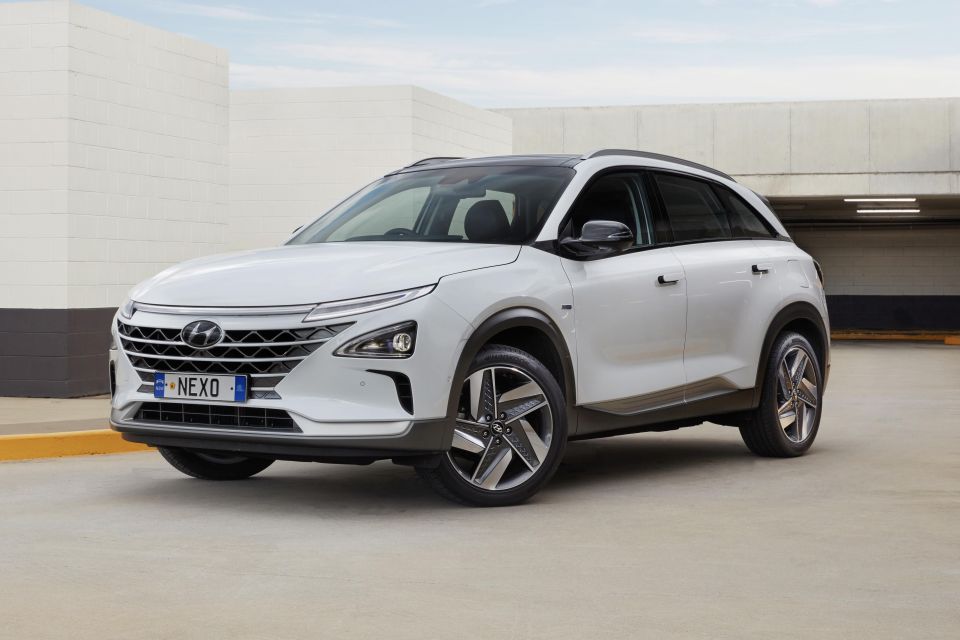

Honda offered a FCEV version of its Clarity but this has been discontinued and the Japanese automaker has yet to announce plans for a replacement.
Great Wall Motor said last year it would invest ¥3 billion (A$626 million) over three years in R&D for hydrogen vehicles, and “will ride into top three in global hydrogen market share by 2025”.
It’s been spurred by the Chinese Government’s 2035 development plan, announced earlier this year, which aims to put 50,000 FCEVs on Chinese roads by 2025 by providing subsidies to automakers.
Land Rover has developed a prototype Defender FCEV, while Ineos has said it’ll build a FCEV version of its Grenadier.
Where expert car reviews meet expert car buying – CarExpert gives you trusted advice, personalised service and real savings on your next new car.
William Stopford is an automotive journalist with a passion for mainstream cars, automotive history and overseas auto markets.


Damion Smy
1 Hour Ago


Damion Smy
2 Hours Ago


William Stopford
4 Hours Ago


Matt Campbell
12 Hours Ago


Max Davies
1 Day Ago


William Stopford
1 Day Ago